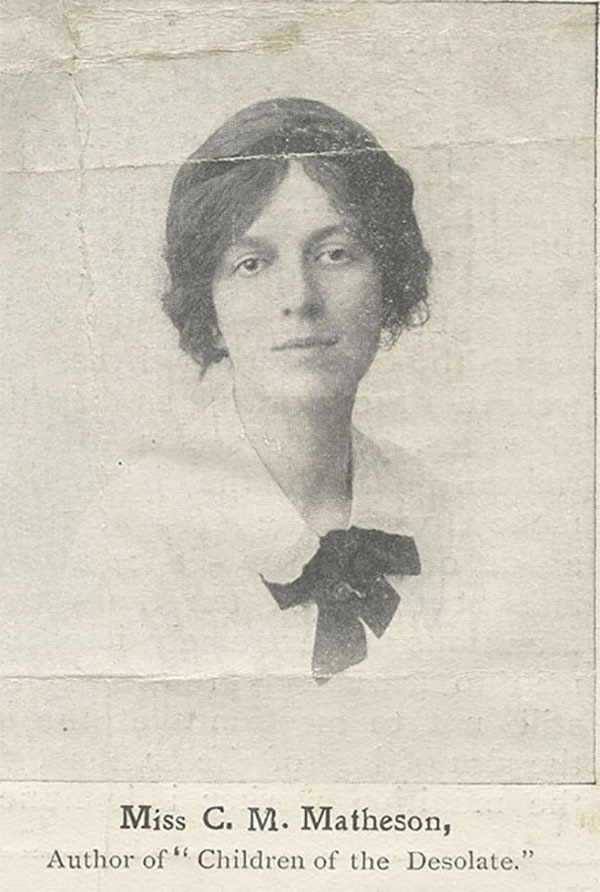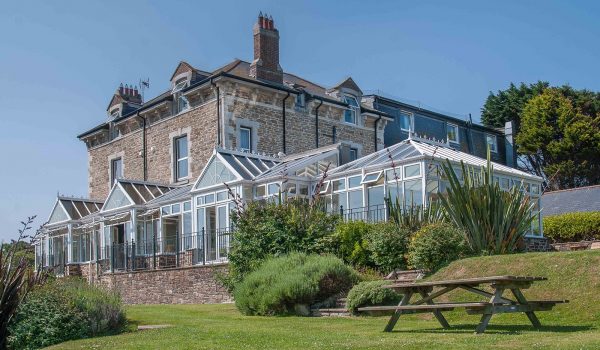Porth Veor: A Victorian Vision
Welcome to Porth Veor Manor, a place where Cornish heritage and coastal charm meet. Built in 1879, the manor stands as a testament to Victorian ambition, architectural excellence, and over a century of hospitality on Cornwall’s north coast.
The Building of Porth Veor, 1879
In 1879, William Stephens commissioned one of Cornwall’s most distinguished architects, Silvanus Trevail, to design Porth Veor Manor. This was no ordinary project. By that time, Trevail had already designed around fifty schools across Cornwall and would go on to create more than three hundred buildings, later becoming Mayor of Truro and President of the Society of Architects — a national body of six hundred members.
Employing such a leading architect was a bold declaration of ambition, confidence, and success.
Strategy and Foresight
William chose a commanding site overlooking Porth Beach, then Cornwall’s primary port for St Columb Minor. The setting was both beautiful and strategic. From his new manor, William could watch the constant maritime activity below — ships unloading coal, salt, lime, and general cargo, while exports of grain, china clay, and stone departed for distant ports.
The sheltered bay, with tides reaching nearly two miles inland to the Rialton Valley, made Porth an essential commercial hub for the region.
From Cotton Goods to Coal
Back in 1871, William Stephens worked as a Commercial Traveller in Cotton Goods, representing Britain’s most valuable export industry. He and his wife Lucy, then aged 31, lived comfortably with their six young children and one servant — respectable, but not yet wealthy.
Commissioning Porth Veor just eight years later revealed William’s extraordinary foresight.
While still travelling the country selling cotton goods, he was investing in property that would secure his place in Cornwall’s growing industrial economy.

Social Credibility
As Newquay developed as a china clay port, vessels began discharging coal onto Porth Beach below the manor before continuing on to Newquay to load clay. William recognised the opportunity early.
By 1891, at 56, he had successfully reinvented himself as a Coal and Wood Merchant.
From his elevated home, he could oversee the busy port below, while Trevail’s elegant architecture gave him the social standing to thrive in Cornwall’s established trade networks.
A Family Ascending
The Stephens family’s rise was clearly reflected in census records:
1871: Six children, one servant
1881: Seven children at home, two domestic servants
1891: Four children at home (the older ones having left to establish their own lives), three specialised servants including a gardener
With each decade, the family’s prosperity grew. William had built more than a business — he had secured his family’s place among Cornwall’s commercial elite.

From Family Home to Hotel
By the 1920s, Porth Veor entered a new chapter, becoming a first-class hotel under Charlotte Mary Matheson and her husband Stanley Threlkeld.
Charlotte, a published novelist and member of the Women’s National Land Service Corps during the First World War, helped usher in this new era of hospitality.
The transformation reflected Cornwall’s evolution from industry to tourism. With its sweeping views, generous gardens, and beachside position, Porth Veor was perfectly placed to welcome visitors discovering Cornwall’s coast.
The Legacy Continues
Today, more than 140 years after its construction, Porth Veor Manor continues to welcome guests — a lasting tribute to Trevail’s architectural brilliance and William Stephens’ remarkable vision.
He chose not only a beautiful setting but a strategically important one; not just a builder but Cornwall’s finest architect; not merely a family home, but a statement of arrival among Cornwall’s entrepreneurial class.

A Living Heritage
The building that stands today is the embodiment of Victorian ambition and innovation — a living piece of Cornish history that continues to serve visitors more than a century after William Stephens first looked out over the bustling beach below.
Whether you’re staying for a coastal escape or simply exploring Cornwall’s fascinating past, Porth Veor remains a timeless symbol of heritage, vision, and hospitality.

